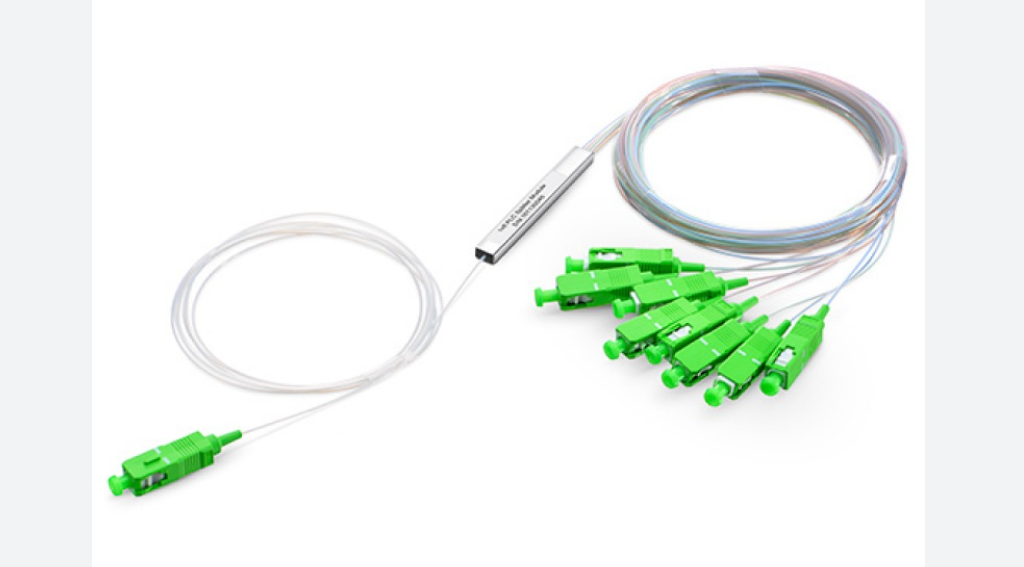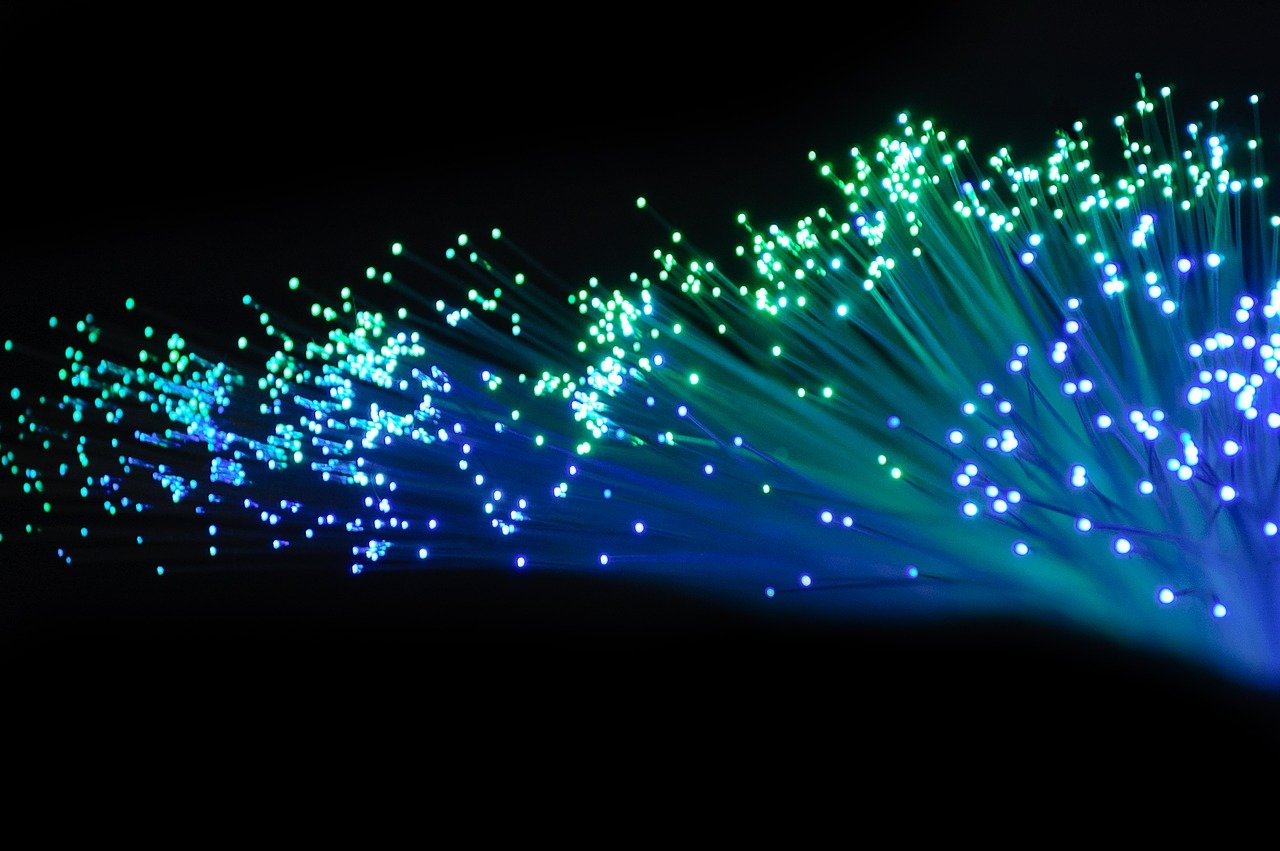The Future of Fiber Optic Splitters: Exploring Passive Optical Splitter Technology

The Future of Fiber Optic Splitters
Fiber optic splitters are essential components for ensuring efficient and reliable communication in modern networks. These devices play a crucial role in dividing a single optical signal into multiple signals, allowing for the distribution of data to various endpoints. Among the different types of fiber optic splitters, passive optical splitters stand out as a key technology in fiber optic networks. They offer several advantages, including cost-effectiveness and reliability, as they do not require power or electronic components. In this blog, we will delve into the technology behind passive optical splitters, explore their applications in different industries, and discuss the future trends that will shape the development of these vital fiber optic communication devices.
Exploring Passive Optical Splitter Technology
Passive optical splitters are devices designed to split a single optical signal into multiple signals without the need for power or electronic components. This makes them highly cost-effective and reliable solutions for fiber optic communication.
Understanding Passive Optical Splitters
Passive optical splitters work by utilizing the principles of light interference and diffraction to divide an incoming optical signal into multiple output signals. These non-powered optical splitters are capable of evenly distributing the signal power among the output ports, ensuring efficient data transmission.
Types of Passive Optical Splitters
There are different types of passive optical splitters available in the market. Two commonly used types include fused biconical taper (FBT) splitters and planar lightwave circuit (PLC) splitters.
FBT Splitters: FBT splitters use a fused tapering technique to split the optical signal. They are often used in residential and small-scale applications due to their simplicity and cost-effectiveness.
PLC Splitters: PLC splitters employ a waveguide-based approach, offering better performance and higher splitting ratios compared to FBT splitters. They are preferred for larger networks where more precise splitting is required.
Working Principles and Types
Passive optical splitters operate based on the principles of light interference and diffraction to split optical signals effectively. When an incoming optical signal reaches a passive splitter, it is divided into multiple output signals with either equal or varying power levels.
Working Principles of Passive Optical Splitters
The working principle behind passive optical splitters involves the use of waveguides or fused tapering techniques. These techniques manipulate the behavior of light waves to achieve signal division without the need for active components. By leveraging light interference and diffraction, passive splitters can efficiently split the optical signal while maintaining signal integrity.
Types of Passive Optical Splitters
There are two main types of passive optical splitters: fused biconical taper (FBT) splitters and planar lightwave circuit (PLC) splitters.
FBT Splitters: FBT splitters utilize a fused tapering technique to divide the optical signal. They are commonly used in residential and small-scale applications due to their simplicity and cost-effectiveness.
PLC Splitters: PLC splitters employ a waveguide-based approach, offering better performance, higher splitting ratios, and more flexibility in network design. They are preferred for larger networks where precise splitting is required.

Applications and Advantages
Passive optical splitters find widespread applications in various industries, including telecommunications, data centers, and cable TV networks. These non-powered optical splitters play a crucial role in enabling the distribution of optical signals to multiple endpoints, facilitating efficient communication across different sectors.
Applications of Passive Optical Splitters
In telecommunications, passive optical splitters are used to split the incoming signal from the central office into multiple signals that can be sent to individual subscribers. This allows for the efficient delivery of high-speed internet, telephone services, and television broadcasts.
Data centers also rely on passive optical splitters to distribute optical signals among servers and networking equipment. By using these splitters, data centers can effectively manage their network infrastructure and ensure reliable connectivity.
Cable TV networks utilize passive optical splitters to deliver television signals to multiple households. The use of these splitters enables cable providers to efficiently distribute a wide range of channels without compromising signal quality.
Advantages of Passive Optical Splitters
Passive optical splitters offer several advantages that make them highly desirable in fiber optic communication:
Low Insertion Loss: These splitters have minimal insertion loss, ensuring that the signal remains strong throughout the distribution process.
High Reliability: As non-powered devices, passive optical splitters have no electronic components that can fail or require maintenance.
Excellent Signal Quality: The use of high-quality materials and precise manufacturing techniques ensures excellent signal integrity with minimal distortion.
Compact Design: Passive optical splitters are compact in size, making them easy to integrate into existing network infrastructure without requiring significant space.
Cost-effectiveness: Compared to active components or powered alternatives, passive optical splitters are more cost-effective due to their simpler design and lack of power requirements.
Minimal Maintenance: With no active components or power needs, passive optical splitters require minimal maintenance once installed properly.
Considerations and Maintenance
When choosing a fiber optic splitter, several factors should be taken into consideration to ensure optimal performance and compatibility with the network infrastructure.
Factors to Consider When Choosing a Fiber Optic Splitter
Firstly, consider the splitting ratio required for your specific application. The splitting ratio determines how the incoming optical signal will be divided among the output ports. It is essential to select a splitter that meets your desired splitting ratio to achieve the desired distribution of signals.
Secondly, consider the operating wavelength of the fiber optic splitter. Different splitters are designed to work with specific wavelengths of light. Ensure that the splitter you choose is compatible with the operating wavelength of your fiber optic communication device.
Additionally, consider the connector type used in your network infrastructure. Fiber optic splitters come with various connector options such as SC, LC, or FC connectors. Select a splitter that matches the connector type used in your network for seamless integration.
Lastly, keep future scalability in mind when choosing a fiber optic splitter. As your network grows or evolves, you may need to expand or modify your existing setup. Choose a splitter that allows for easy scalability and can accommodate future changes without significant disruptions.
Maintenance of Passive Optical Splitters
Passive optical splitters require minimal maintenance due to their passive nature. However, regular inspection and cleaning are recommended to ensure optimal performance. Inspect connectors and fibers periodically for any signs of damage or contamination.
Cleaning connectors and fibers is crucial for maintaining signal quality. Use appropriate cleaning tools and techniques recommended by manufacturers to remove dust, dirt, or other particles that may affect signal transmission.
By following these maintenance practices and ensuring proper handling of passive optical splitters during installation or modifications, you can maximize their lifespan and ensure consistent performance in your fiber optic communication system.
Future Trends and Misconceptions
The future of fiber optic splitter technology is focused on advancements that aim to improve performance and meet the evolving needs of modern networks.
Future Trends in Fiber Optic Splitter Technology
One significant trend is the development of fiber optic splitters with higher splitting ratios. As network demands continue to grow, there is a need for splitters that can divide optical signals into more output ports without compromising signal quality. Advancements in manufacturing techniques and materials are enabling the production of splitters with increased splitting capabilities.
Another emerging trend is the integration of passive optical splitters with other network components. This integration allows for more efficient and streamlined network designs. By combining splitters with devices such as wavelength division multiplexers (WDM) or optical amplifiers, network engineers can optimize signal distribution and enhance overall system performance.
Debunking Misconceptions about Passive Optical Splitters
There are some misconceptions surrounding passive optical splitters that need clarification:
Significant Signal Loss or Latency: Contrary to common belief, passive optical splitters do not introduce significant signal loss or latency. When properly designed and implemented, these splitters maintain excellent signal integrity, ensuring minimal loss during signal distribution.
Limited Network Architectures: Passive optical splitters are versatile devices that can be used in various network architectures. They are compatible with different types of fiber optic communication systems, including point-to-point, passive optical networks (PON), and wavelength division multiplexing (WDM) systems.
By debunking these misconceptions, it becomes clear that passive optical splitters are reliable and effective solutions for distributing optical signals in a wide range of applications.

The Impact of Passive Optical Splitters
Passive optical splitters have a significant impact on modern network infrastructure, playing a crucial role in enabling efficient and reliable fiber optic communication. These devices offer numerous advantages, including low insertion loss, high reliability, and excellent signal quality. As technology continues to advance, passive optical splitters will continue to shape the future of fiber optic communication by providing cost-effective and scalable solutions for distributing optical signals. With their compact design, minimal maintenance requirements, and compatibility with various network architectures, passive optical splitters are poised to remain essential components in the ever-evolving world of fiber optic networks.
See Also
Advancements and Trends in Rodent Proof Fiber Optic Technology
FC/UPC vs FC/APC: The Future of Fiber Optic Patch Cord Connectors
Wall Mount Solutions and Trends in Fiber Optic Patch Panels
Exploring the Benefits of Pre-Connectorized Fiber Nap Boxes in FTTx
Switchable Uniboot Patch Cords: The Future of Fiber Optic Connectivity


